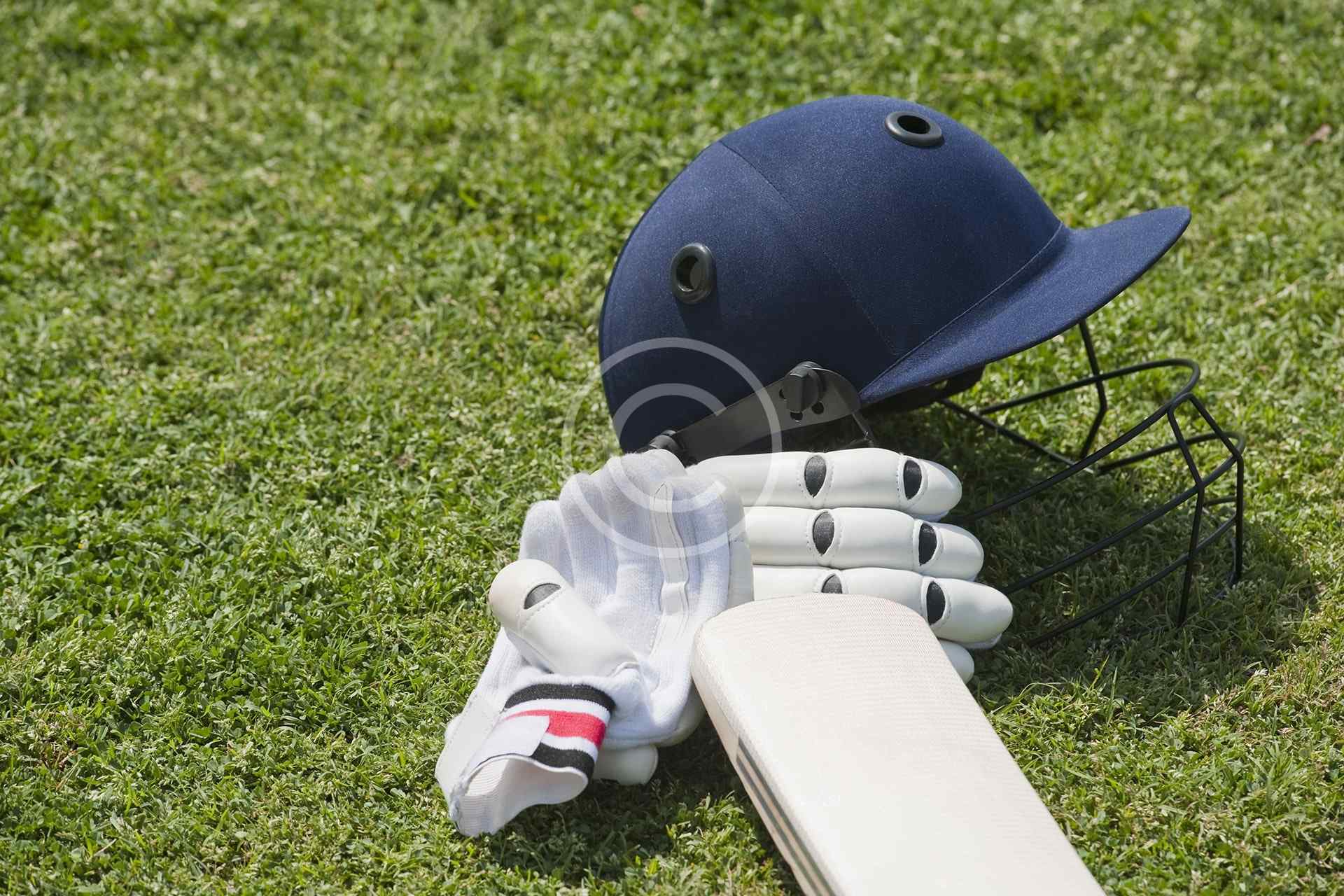Cricket, often described as a gentleman’s game, has evolved significantly from its rustic beginnings on village greens to the glitzy stadiums and high-stakes matches of today. Playing cricket professionally is not just about raw talent; it requires a combination of skill, discipline, strategy, and mental toughness. Here, we delve into the art of playing cricket at the professional level, exploring what it takes to succeed and thrive in this demanding sport.
Mastering the Fundamentals
Batting Technique
1. Stance and Grip: A proper stance and grip are foundational to a good batting technique. The stance should be balanced and comfortable, providing stability and the ability to move quickly. The grip should allow for control and power, ensuring the bat can be maneuvered effectively.
2. Footwork: Quick and precise footwork is essential for positioning the body correctly to play various shots. Whether it’s advancing down the pitch for a drive or moving swiftly back for a cut shot, good footwork enables a batsman to face different types of deliveries with confidence.
3. Shot Selection: Knowing which shots to play and when is crucial. This involves understanding the bowler’s intentions, the field placement, and the match situation. Effective shot selection can turn the tide of an innings and put pressure back on the bowlers.

Bowling Skills
1. Run-Up and Action: A bowler’s run-up and action are vital components of their delivery. Consistency and rhythm in the run-up, combined with a smooth bowling action, help maintain accuracy and pace.
2. Variations: Modern cricket demands bowlers to have a repertoire of deliveries. This includes different types of spin or seam movements, variations in pace, and deceptive deliveries like the yorker or the slower ball.
3. Line and Length: Maintaining a good line and length is key to building pressure on the batsman. Bowlers must be able to adjust their deliveries based on the pitch conditions and the batsman’s weaknesses.
Fielding Excellence
1. Agility and Reflexes: Exceptional fielding requires quick reflexes and agility. Whether it’s taking a diving catch, stopping a boundary, or executing a sharp run-out, fielders must be alert and ready for action at all times.
2. Positioning and Anticipation: Understanding the game and anticipating where the ball is likely to go can make a significant difference. Fielders should position themselves strategically and stay one step ahead of the batsman.
3. Throwing Accuracy: A strong and accurate throw can change the course of the game. Fielders must practice throwing to ensure they can hit the stumps from various positions on the field.
Mental Toughness and Discipline
Handling Pressure
Professional cricket is played under intense pressure, whether it’s in front of thousands of fans or during a critical match situation. Players must develop the ability to stay calm and focused, making clear-headed decisions even in high-stress moments.
Concentration and Patience
Long matches, especially in formats like Test cricket, require sustained concentration and patience. Batsmen may need to bat for long periods, while bowlers must be prepared to bowl long spells without losing their accuracy or effectiveness.
Resilience and Adaptability
Setbacks are part of the game. Players must be resilient, learning from their mistakes and bouncing back stronger. Additionally, they need to adapt to different conditions, opponents, and match situations, constantly tweaking their strategies and techniques.
Strategy and Teamwork
Game Plans and Strategies
Successful teams develop comprehensive game plans tailored to their strengths and the opposition’s weaknesses. This includes detailed planning for each phase of the game, from setting a strong foundation in the powerplay to executing death-overs bowling strategies.
Communication and Coordination
Effective communication between team members, especially between batsmen and bowlers, is crucial. Coordinated efforts can lead to better decision-making and execution, whether it’s running between the wickets or setting field placements.
Leadership and Roles
Strong leadership on and off the field can inspire and motivate the team. Each player must understand their role within the team and execute it to the best of their ability, contributing to the overall success.
Physical Fitness and Conditioning
Strength and Conditioning
Cricket demands a high level of physical fitness. Players must work on their strength, endurance, and agility through regular conditioning programs. This helps them maintain peak performance levels and reduce the risk of injuries.
Nutrition and Recovery
Proper nutrition and recovery are essential for sustaining performance. A balanced diet tailored to the specific needs of athletes, combined with adequate rest and recovery protocols, ensures players remain in optimal condition.
Conclusion
The art of playing cricket professionally is a blend of technical skills, mental fortitude, strategic thinking, and physical fitness. It requires dedication, hard work, and a deep love for the game. Those who master these elements can look forward to a rewarding and exhilarating career in cricket, inspiring fans and aspiring cricketers around the world.


1 Comment
Peter Bowman
Sed ut perspiciatis, unde omnis iste natus error sit voluptatem accusantium doloremque laudantium, totam rem aperiam eaque ipsa, quae ab illo inventore veritatis et quasi architecto beatae vitae dicta sunt, explicabo.
Comments are closed.